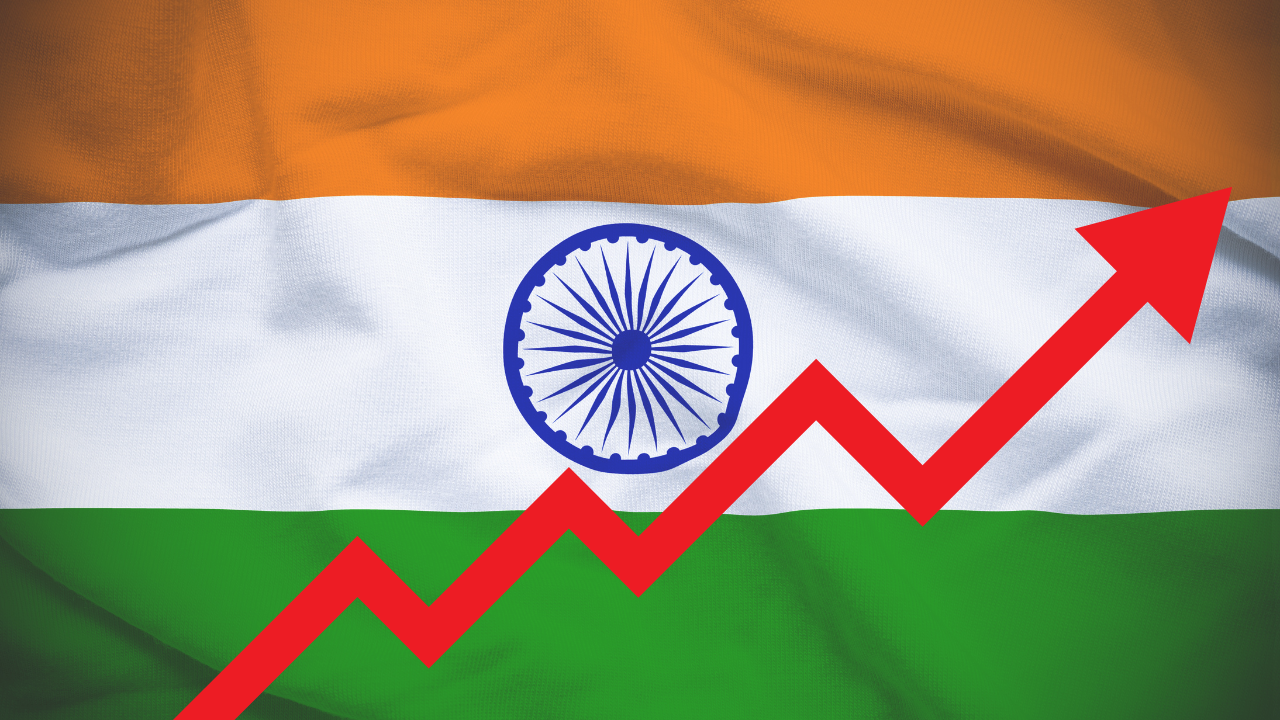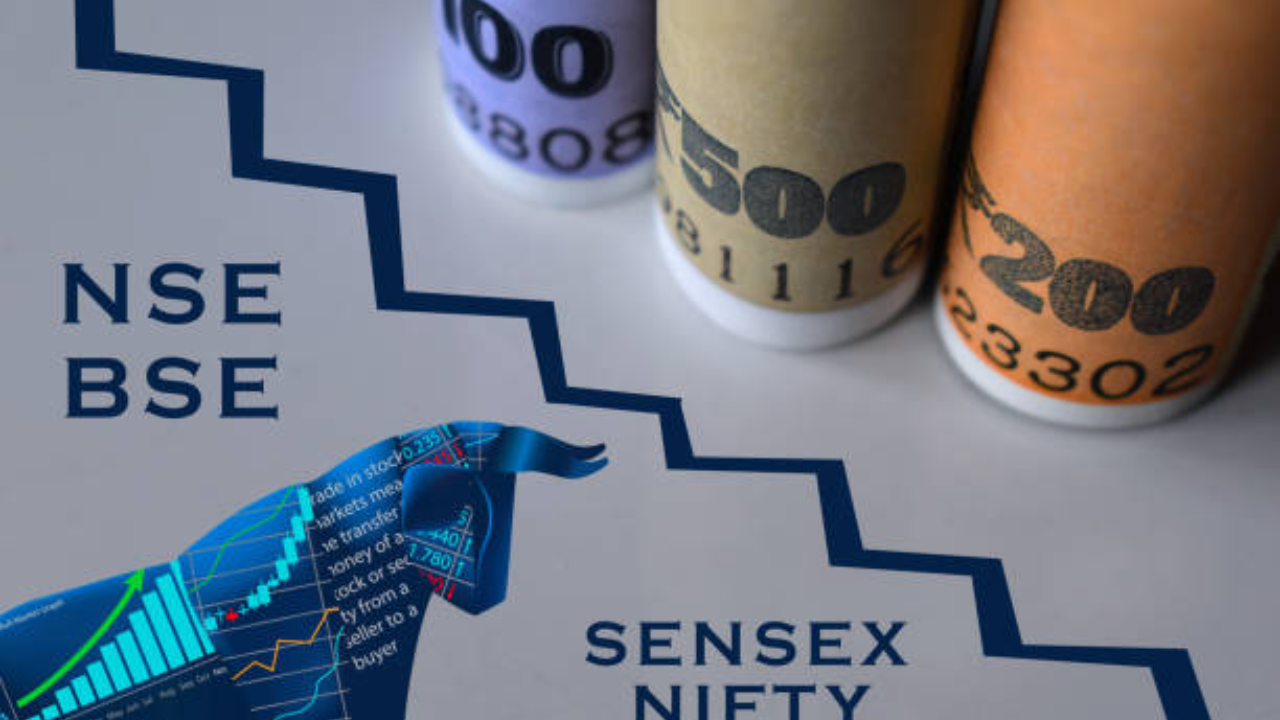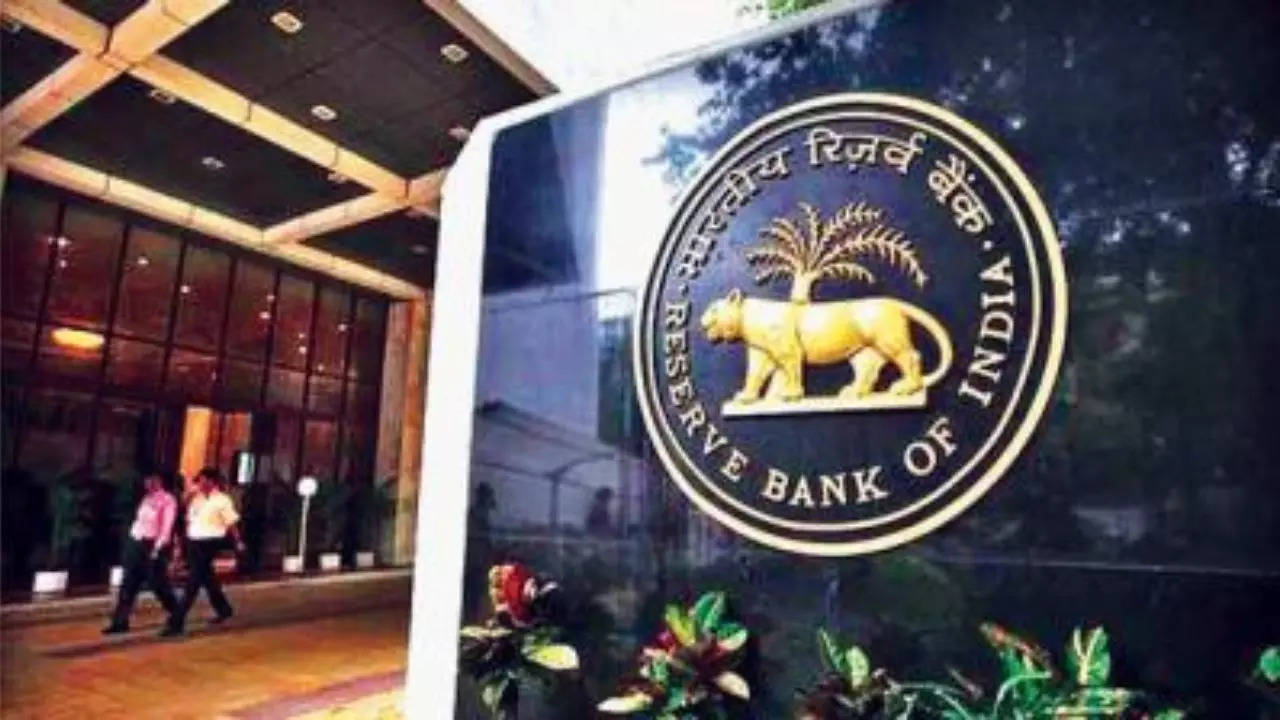

Indian Stock Market Indexes Emerge As Top Investment Destination In Asia Over Japan and China – Check Details (image source: Canva)
Indian stock market indexes emerge as a top destination for investors in Asia and it has a more attractive investment prospect than Japan or China, according to the latest Bloomberg Markets Live Pulse survey. The significant rallies in Indian and Japanese equities, amidst a slump in China’s market, have reshaped Asia’s financial landscape, offering global investors three distinct poles for regional allocations.
India: A Preferred Investment Hub
Despite China’s appealingly low stock valuations and Japan’s strides in corporate governance, nearly half of the 390 MLIV Pulse survey respondents favor India as the best investment destination among the three Asian giants. This sentiment reflects confidence in India Inc., particularly as the country heads into general elections conducted over seven phases from April 19 to June 1.
According to the report, Kieran Calder, head of equity research for Asia at Union Bancaire Privee in Singapore, cites several reasons for preferring Indian equities over China’s, including better transmission of GDP growth into earnings growth and a more consistent track record of delivering earnings growth amidst a supportive geopolitical environment.
Indian Equities Outperform
Both Indian and Japanese stock indexes have surged to record highs this year, driven by India’s rapid economic growth and Japan’s gradual recovery from inflation, accompanied by corporate reforms. Indian equities currently trade at around 23 times next year’s expected earnings, outpacing Japan’s 17 and China’s nine, signaling strong investor confidence in India’s growth potential.
In contrast, China’s equity market has witnessed a 40 per cent decline from its peak three years ago due to deflation and a rolling property crisis. More than half of the survey respondents anticipate China’s equity market to underperform India and Japan’s over the next 12 months.
India’s Growing Appeal
India’s attractiveness to investors is underscored by its substantial net inflows, totalling $25 billion for the year through March, compared to China’s $5.3 billion. Factors such as a growing population, expanding middle class, and government initiatives to boost infrastructure development contribute to India’s allure. Infrastructure projects, including those spearheaded by Prime Minister Narendra Modi, have garnered investor optimism, with a focus on modernizing critical infrastructure through significant investment.
India’s Role in Global Manufacturing
India has emerged as a viable alternative to China for global manufacturing, with several multinational corporations relocating production facilities to the country. The forthcoming national elections are expected to reinforce India’s economic momentum, with Modi’s party likely to prioritize infrastructure investment and manufacturing.
Investment Opportunities in Japan and China
Japanese value stocks, characterized by larger, well-established firms trading at relatively cheap metrics, have gained favor among investors. Japan’s corporate reforms, particularly those pursued by the Tokyo Stock Exchange, have enhanced investor confidence.
In contrast, China’s slowing economic growth, deflationary pressures, and real estate crisis deter investors. Despite China’s challenges, the MLIV Pulse survey reflects a cautious outlook among investors, with limited incentive to allocate capital to Chinese equities in the current market conditions.




























